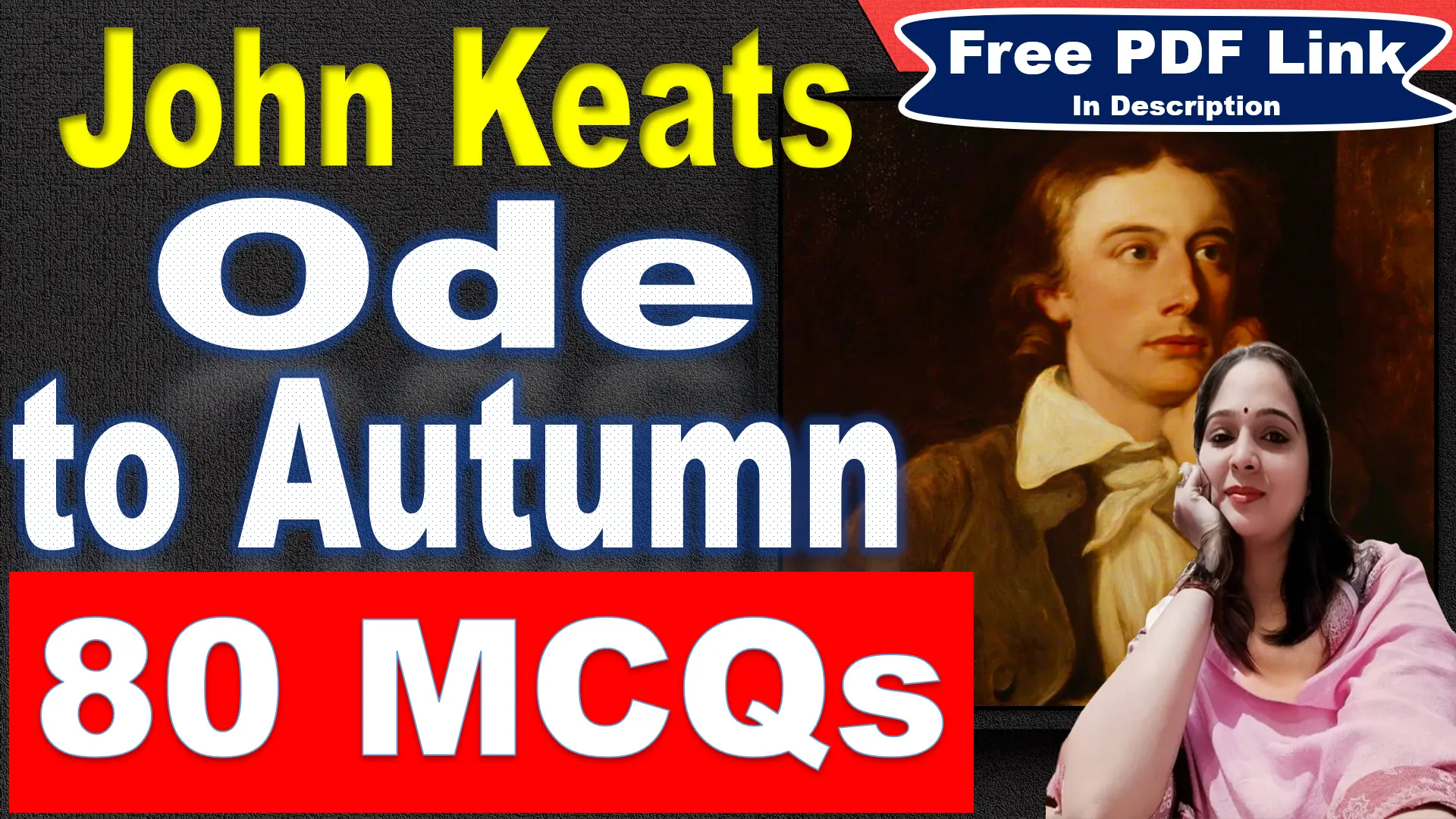Sonnet 73 by William Shakespeare Questions Answers
Very Short Answer Questions
Who wrote “Sonnet 73”?
William Shakespeare.
What is the main theme of the poem?
Aging, mortality, and the enduring nature of love.
What season is evoked with the mention of “yellow leaves”?
Autumn.
What does the speaker compare himself to in the first line?
A specific time of year.
What does the metaphor “Bare ruin’d choirs” refer to?
The bare branches, likened to ruined choirs where birds once sang.
What poetic device is used when the poet says, “Upon those boughs which shake against the cold”?
Personification.
What is the metaphorical significance of the “twilight” in the poem?
The later years of the speaker’s life.
What is personified as “Death’s second self” in the poem?
Death.
What is the simile used to describe the fading sunset?
“As after sunset fadeth in the west.”
What does the metaphor “In me thou see’st the glowing of such fire” represent?
The vitality or life force within the speaker.
What does the fire lie on, according to the poem?
The ashes of its youth.
What poetic device is present in the line “Consumed with that which it was nourish’d by”?
Irony.
What is the paradoxical idea presented in the last line?
The awareness of impending loss enhances love.
What overall mood does the poem convey?
Melancholic and reflective.
What does the poem suggest about the relationship between love and mortality?
Love can make life meaningful and beautiful despite its shortness.
What is the speaker’s attitude towards the passage of time?
Reflective and accepting.
What is the invitation given by the poem to readers?
To cherish and deepen connections in the face of life’s transience.
What does the metaphor “glowing fire” symbolize?
The vitality or energy within the speaker.
What is the significance of the metaphor “Bare ruin’d choirs, where late the sweet birds sang”?
It symbolizes the loss of vitality and beauty.
How does the awareness of mortality affect love in the poem?
It intensifies and strengthens the power of love.
Short Answer Questions
How does the poet use the changing seasons to convey a message in “Sonnet 73”?
The changing seasons, particularly the imagery of autumn, serve as metaphors for the speaker’s aging and the inevitable decline of life.
What is the significance of the metaphor “Death’s second self” in the poem?
“Death’s second self” personifies death as a force that brings an end to life, emphasizing its finality and the arrival of rest.
How does the poet employ the metaphor of a “dying fire” to convey a theme in the sonnet?
The metaphor of a dying fire symbolizes the waning energy of old age, emphasizing the inevitable passage of time and the speaker’s approaching mortality.
What impact does the awareness of impending loss have on the speaker’s view of love in “Sonnet 73”?
The speaker suggests that the awareness of impending loss enhances and strengthens the intensity of love, adding a layer of depth and poignancy to the poem.
How does the poet use visual imagery to convey the theme of transience in the sonnet?
Visual images like “yellow leaves” and “bare ruin’d choirs” evoke a sense of change and loss, emphasizing the transient nature of life and beauty.
What is the significance of the speaker addressing an absent or imaginary person in the poem?
The use of apostrophe enhances the emotional impact, as the speaker directly communicates with the reader, inviting them to share in the reflections on aging and mortality.
How does the sonnet use the metaphor of “twilight” to represent the speaker’s stage of life?
The metaphor of “twilight” suggests the speaker is in the later stages of life, experiencing a diminishing period, much like the fading light at the end of the day.
Why does the speaker compare himself to a specific time of year in the first line?
By comparing himself to a specific time of year, the speaker sets the tone for the sonnet, using seasonal imagery to symbolize the stages of life and the passage of time.
What is the role of the metaphor “black night” in the poem’s exploration of mortality?
“Black night” symbolizes death and the darkness that follows the metaphorical sunset, reinforcing the theme of mortality and the end of life.
How does the poem’s use of metaphors contribute to its overall impact?
The carefully crafted metaphors, such as the fading sunset and dying fire, create vivid images that powerfully convey the universal themes of aging, mortality, and the enduring nature of love.





